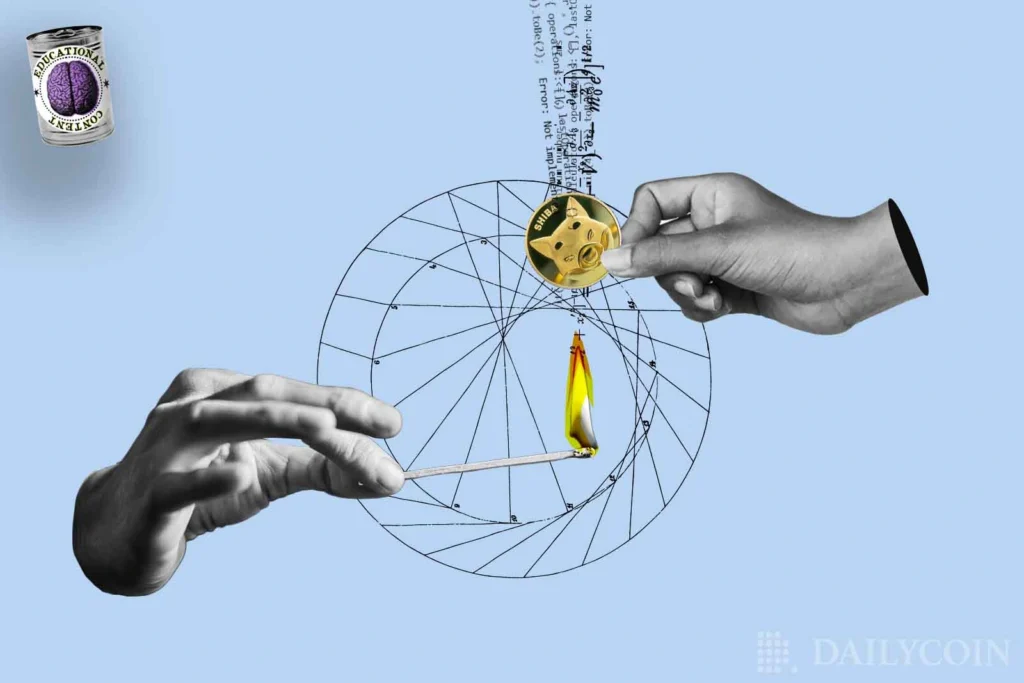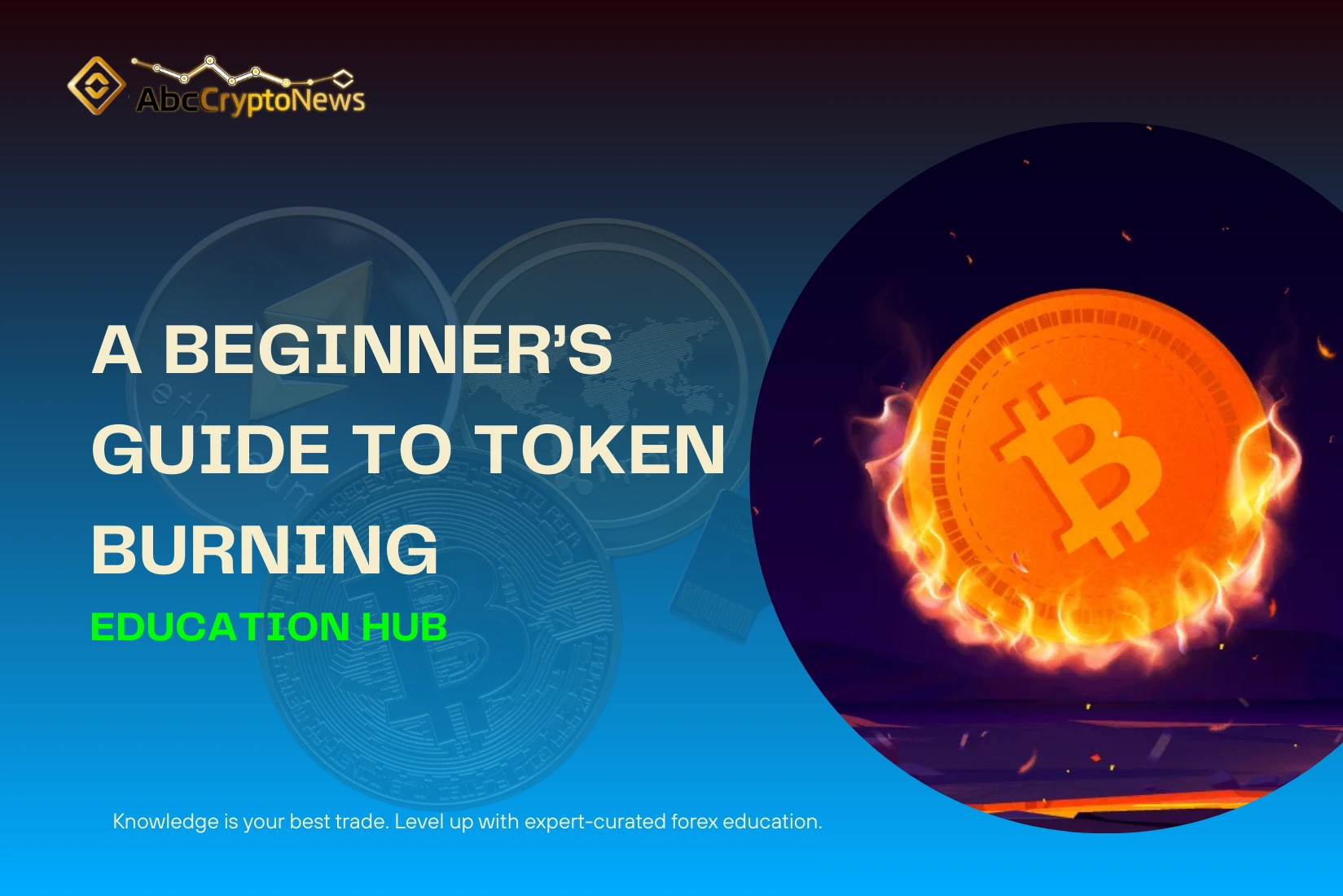Token Burning Explained: Why Some Cryptos Destroy Coins to Boost Value
Summary
Introduction: Understanding Token Burning in Crypto
Token burning in crypto refers to the intentional and irreversible removal of a certain number of cryptocurrency tokens from circulation. This process is typically executed by sending tokens to a “burn address”—a wallet without a private key, making it impossible to access or retrieve the tokens once sent. The primary goal of token burning is to decrease the overall supply of tokens, potentially increasing the value of the remaining tokens in circulation.
How Token Burning Works

Credit from DailyCoin
The mechanics of token burning are straightforward:
- Decision to Burn: The project team or community decides to burn a specific number of tokens.
- Transfer to Burn Address: The selected tokens are sent to a designated burn address.
- Verification: The transaction is recorded on the blockchain, ensuring transparency and immutability.
- Supply Update: The total supply of the cryptocurrency is updated to reflect the reduced number of tokens.
Some projects implement automatic burning mechanisms, such as burning a portion of transaction fees or implementing scheduled burns at regular intervals.
Why Cryptocurrencies Burn Tokens

Credit from Coinbase
1. Reducing Supply to Increase Scarcity
By decreasing the total supply of tokens, burning creates scarcity, which can lead to an increase in the value of the remaining tokens. This is similar to how reducing the number of shares in a company can increase the value of each share.
2. Controlling Inflation
In many cryptocurrency projects, new tokens are minted or issued over time. Without a mechanism to counterbalance this issuance, the supply of tokens could exceed demand, leading to inflation and a decrease in the token’s value. Burning tokens helps control inflation by reducing the circulating supply.
3. Demonstrating Commitment
Regular token burns can signal to investors that a project is committed to maintaining or increasing the value of its tokens. This can boost investor confidence and potentially attract more long-term holders.
4. Enhancing Token Utility
Some projects use token burning as a way to enhance the utility of their tokens. For example, by burning tokens, projects can reduce the total supply, potentially increasing the value of the remaining tokens and encouraging users to hold or use them rather than sell.
Real-World Examples of Token Burning
Binance Coin (BNB)
Binance conducts quarterly token burns to reduce the total supply of BNB. This practice aims to decrease supply and potentially increase the value of the remaining tokens.
Ethereum (ETH)
Ethereum introduced the EIP-1559 upgrade, which includes a mechanism to burn a portion of transaction fees. This helps to reduce the overall supply of ETH over time.
Shiba Inu (SHIB)
The Shiba Inu community has implemented token burns to reduce the total supply of SHIB tokens, aiming to increase scarcity and value.
The Impact of Token Burning on Cryptocurrency Prices

Credit from Transak
Theoretically, by reducing the supply of tokens, burning can lead to an increase in the value of the remaining tokens due to increased scarcity. However, the actual impact on price depends on various factors, including demand, market sentiment, and overall market conditions. While burning can influence supply, it does not guarantee a price increase.
Conclusion
Token burning in crypto is a strategic mechanism used by projects to manage supply, control inflation, and potentially increase the value of their tokens. While it offers several benefits, including enhancing scarcity and demonstrating commitment to the project’s success, it’s essential for investors to consider other factors such as demand and market conditions when evaluating the potential impact of token burns on cryptocurrency prices.




